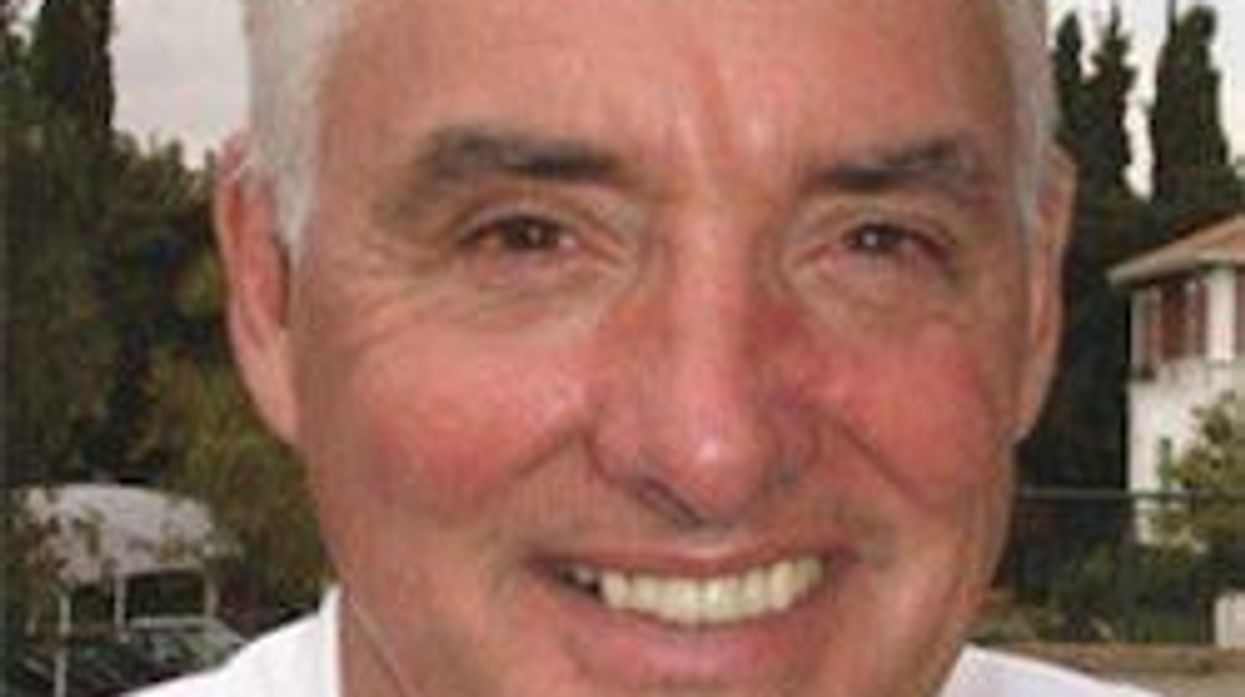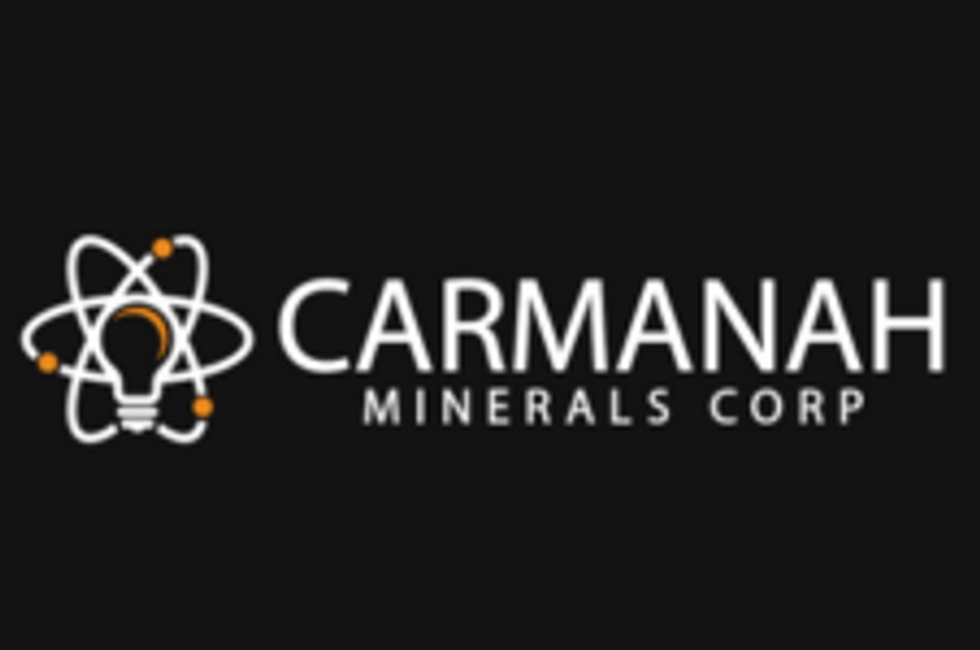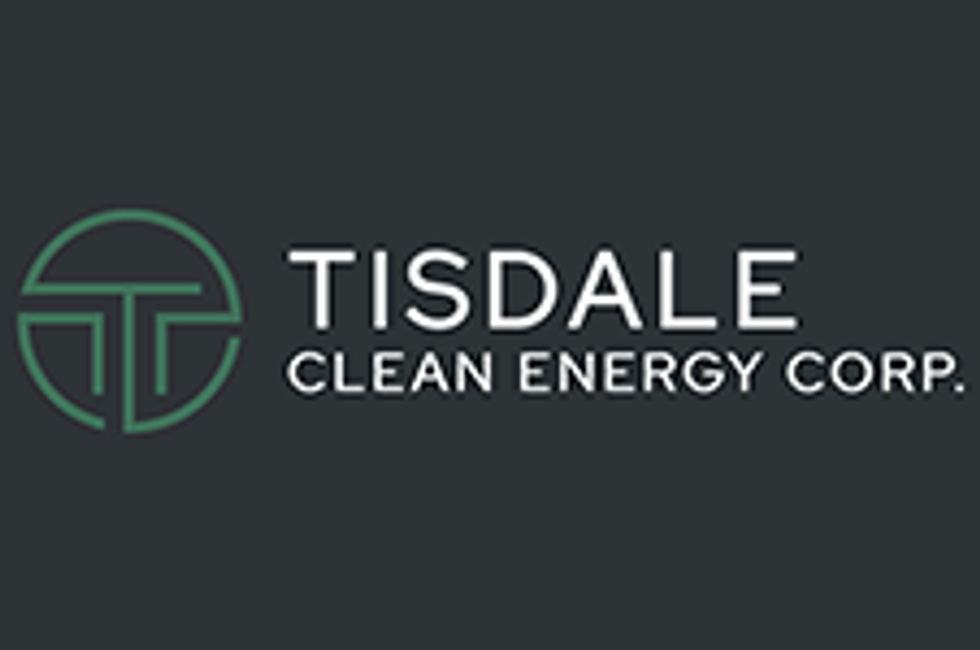- AustraliaNorth AmericaWorld
Investing News NetworkYour trusted source for investing success
- Lithium Outlook
- Oil and Gas Outlook
- Gold Outlook Report
- Uranium Outlook
- Rare Earths Outlook
- All Outlook Reports
- Top Generative AI Stocks
- Top EV Stocks
- Biggest AI Companies
- Biggest Blockchain Stocks
- Biggest Cryptocurrency-mining Stocks
- Biggest Cybersecurity Companies
- Biggest Robotics Companies
- Biggest Social Media Companies
- Biggest Technology ETFs
- Artificial Intellgience ETFs
- Robotics ETFs
- Canadian Cryptocurrency ETFs
- Artificial Intelligence Outlook
- EV Outlook
- Cleantech Outlook
- Crypto Outlook
- Tech Outlook
- All Market Outlook Reports
- Cannabis Weekly Round-Up
- Top Alzheimer's Treatment Stocks
- Top Biotech Stocks
- Top Plant-based Food Stocks
- Biggest Cannabis Stocks
- Biggest Pharma Stocks
- Longevity Stocks to Watch
- Psychedelics Stocks to Watch
- Top Cobalt Stocks
- Small Biotech ETFs to Watch
- Top Life Science ETFs
- Biggest Pharmaceutical ETFs
- Life Science Outlook
- Biotech Outlook
- Cannabis Outlook
- Pharma Outlook
- Psychedelics Outlook
- All Market Outlook Reports
Rights Issue and Shortfall
Plateau Uranium CEO: Peru is an excellent country for investment
Plateau Uranium (TSXV:PLU) Chairman Ian Stalker shares insights into his company’s high-grade uranium and lithium discovery at the Macusani project in Peru, and the confidence he has in the upside for investors in these two important commodities markets.
The interview below was originally posted in December 2017. Please click here for our most recent interview with Plateau Energy Metals Chairman Ian Stalker.
Plateau Uranium (TSXV:PLU) Chairman Ian Stalker shares insights into his company’s high-grade uranium and lithium discovery at the Macusani project in Peru, and the confidence he has in the upside for investors in these two important commodities markets.
The company completed an updated preliminary economic assessment (PEA) on Macusani in 2016, which indicates that the project can be profitable in the low price environment of today’s uranium market. The discovery of the Falchani high-grade uranium and lithium zone on the property has positively changed the dynamics of the project. The uranium mineralization encountered at Falchani is about twice the value of what is outlined in the 2016 PEA, and subsequent drilling has intersected lithium from 3,500 ppm to over 4,000 ppm just below the uranium. Recent metallurgical work at Macusani has demonstrated recoveries of up to 80 percent lithium.
Below is a video of our interview with Plateau Uranium Chairman Ian Stalker in which he discusses highlights from recent drilling and metallurgical testing at Macusani and the potential upside for investors interested in the opportunities presented by evolving uranium and lithium markets. The video is followed by the transcript, which has been edited for clarity and brevity.
Investing News Network: Please give our investor audience an overview of Plateau Uranium and its flagship property, the Macusani Plateau project in Peru.
Plateau Uranium Chairman Ian Stalker: Our company is an exploration/development company interested right now in two metals: uranium and lithium. We’re based in the Macusani Plateau in Peru. Peru happens to be an excellent country for investment, and is regarded as the number-one investment country in South America.
We’ve been in Peru for probably about 10 years now, although the company itself, Plateau Uranium, only came about through an amalgamation in 2014. Our primary interest in Peru of course was associated with the uranium deposit that was known in the area. That grew to a size of 124 million pounds of U3O8 equivalent 43-101 compliant resources that we put out in 2014/2015. But since then, of course, our attention has been drawn not only to the uranium opportunity, which is significant, but also to the lithium that’s present in that area as well. And we’ve had some recent spectacular successes with some of our intersections associated with lithium in the plateau.
INN: Please describe the exploration work you have completed on the project to date. Are there any highlights you would like to share?
IS: Let me start with the uranium. We have a project called the Macusani project with the 124 million pounds of uranium I’ve mentioned. We undertook a preliminary economic analysis on it. And what that told us at that time was that the operating cost to produce 1 pound of U3O8 — 1 pound of uranium that would sell in the marketplace — was approximately $17 a pound. So it was a good, solid project. Well, unfortunately for us, until recently the uranium market has been soft and uninteresting. That’s changed.
What’s also changed is that during the interim period we found that we have lithium present in the Macusani Plateau. We’ve been working hard at unlocking the value of that lithium along with uranium. To the extent that now, with the test work that’s been done — over 200 to 300 tests in Peru itself — we’re confident that there is value to be unlocked from lithium. When you add both together it makes for one really exciting time. And now of course we’ve moved into this new discovery known as Falchani.
INN: What has been the impact of the recent Falchani high-grade lithium and uranium discovery on the property?
IS: The discovery at Falchani has just changed the world for us. First of all, it’s told us that in the upper level we have a higher-grade uranium mineralized area. That uranium mineralization runs about twice the value of what we currently have in our PEA that I just mentioned. If you consider that alone, nevermind one or two of the other upside factors associated with it, you can see why Plateau Uranium begins to think that it can produce uranium at about $10 per pound. That’s one hell of a competitive price. But added to that is the fact that below the uranium, as we continue to drill, what we intersected was a phenomenal lithium grade. We intersected lithium running at 3,500 ppm to over 4,000 ppm lithium in the ground just below the uranium. And the thicknesses of the intersections we had were between 50 and 60 meters. For us, it’s changed the whole dynamic.
INN: Please provide us an overview of the metallurgical testwork you have been conducting. How does that fit into your plans for the Macusani Plateau project?
IS: We’ve been busy on the metallurgical work for two reasons. One, we want people to understand that there is value there not only with the uranium, but with the lithium. Working on the lithium and working with the lower-grade part of it, we’ve shown that we can leach this lithium at a temperature of about 60°C to 80°C below boiling point. And that’s important, why? Because the equipment that we’ll use as a consequence of running below the boiling point to get the lithium out is at atmospheric pressure. It is not a tough, difficult metallurgical operation. And it’s simple equipment.
We’ve taken, if you like, that standard recipe where we’re getting about 60 to 65 percent of the lithium out into solution at those temperatures and that mix from the Macusani ore, and we’ve applied it now to the high-grade ore, which is running at 3,000 to 4,000 ppm. And what we now know is we’re getting 80 percent of that lithium going into solution. That tells you that at that grade, which is effectively the equivalent of 2 percent of lithium carbonate equivalent grade, we’re getting 80 percent of it out into solution. That makes a huge contribution when everyone knows that lithium carbonate is selling at $10,000 per ton. Big, big change for us.
But also, and we mustn’t forget, in the background, that the uranium market has changed. The uranium market has now become much hotter than it has been for several years. There’s no doubt that the problems in Japan put us down a bit, but today we are hot. Maybe not quite nuclear, but certainly hot, and as a consequence of that, the uranium at the current spot price makes money. And our higher grade, which gives us a higher recovery, incidentally, makes even more money. So for us, we’ve got two of the elements that are really key to the markets going forward. Both green elements in many ways, lithium and uranium both contribute, I believe, to a greener society.
INN: What is next for the Macusani Plateau project and how does that fit into the company’s long-term goals?
IS: Our long-term goals are to make sure that all our investors get a return on investment. Where we’re positioned with the uranium and lithium markets means that coming into our stock right now there is a large upside on the return. You cannot believe how much growth there is in our company. I for sure am investing myself, and if that’s any confidence to anyone out there, I can tell you now’s the time to get into Plateau Uranium.
CEO interviews are part of investor education campaigns for clients advertising on the Investing News Network. Important news is contextualized by CEOs, and the resulting interviews are disseminated to the Investing News Network audience because they have value to market watchers.
The Investing News Network interviews a CEO for an understanding of their perspective on the company, the investment potential of the company and market news related to the company. The information contained here is for information purposes only and is not to be construed as an offer or solicitation for the sale or purchase of securities.
Outlook Reports
Featured Energy Investing Stocks
Browse Companies
MARKETS
COMMODITIES
| Commodities | |||
|---|---|---|---|
| Gold | 2364.68 | +0.96 | |
| Silver | 28.70 | +0.57 | |
| Copper | 4.36 | +0.10 | |
| Oil | 85.36 | -0.30 | |
| Heating Oil | 2.65 | -0.03 | |
| Natural Gas | 1.68 | -0.09 | |
Investing News Network websites or approved third-party tools use cookies. Please refer to the cookie policy for collected data, privacy and GDPR compliance. By continuing to browse the site, you agree to our use of cookies.






